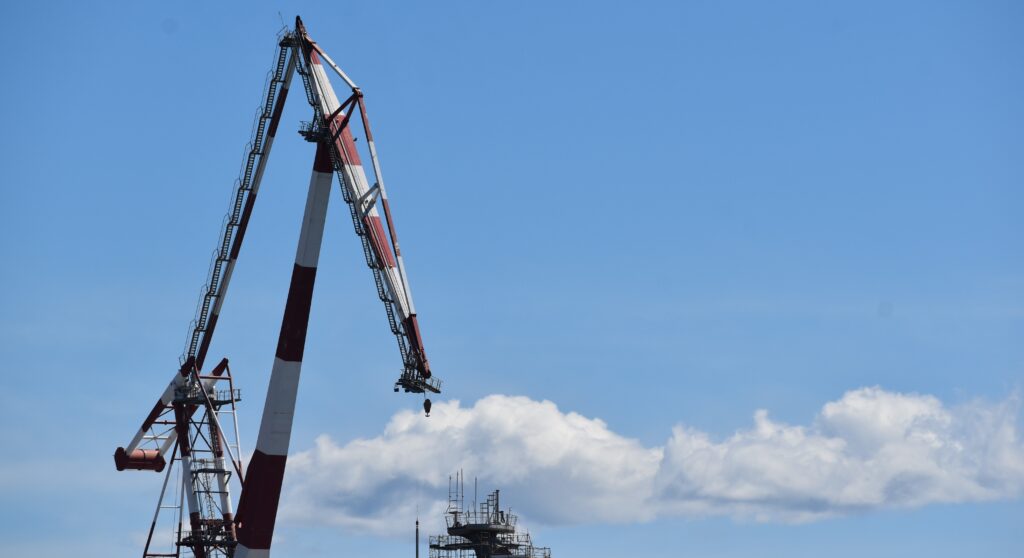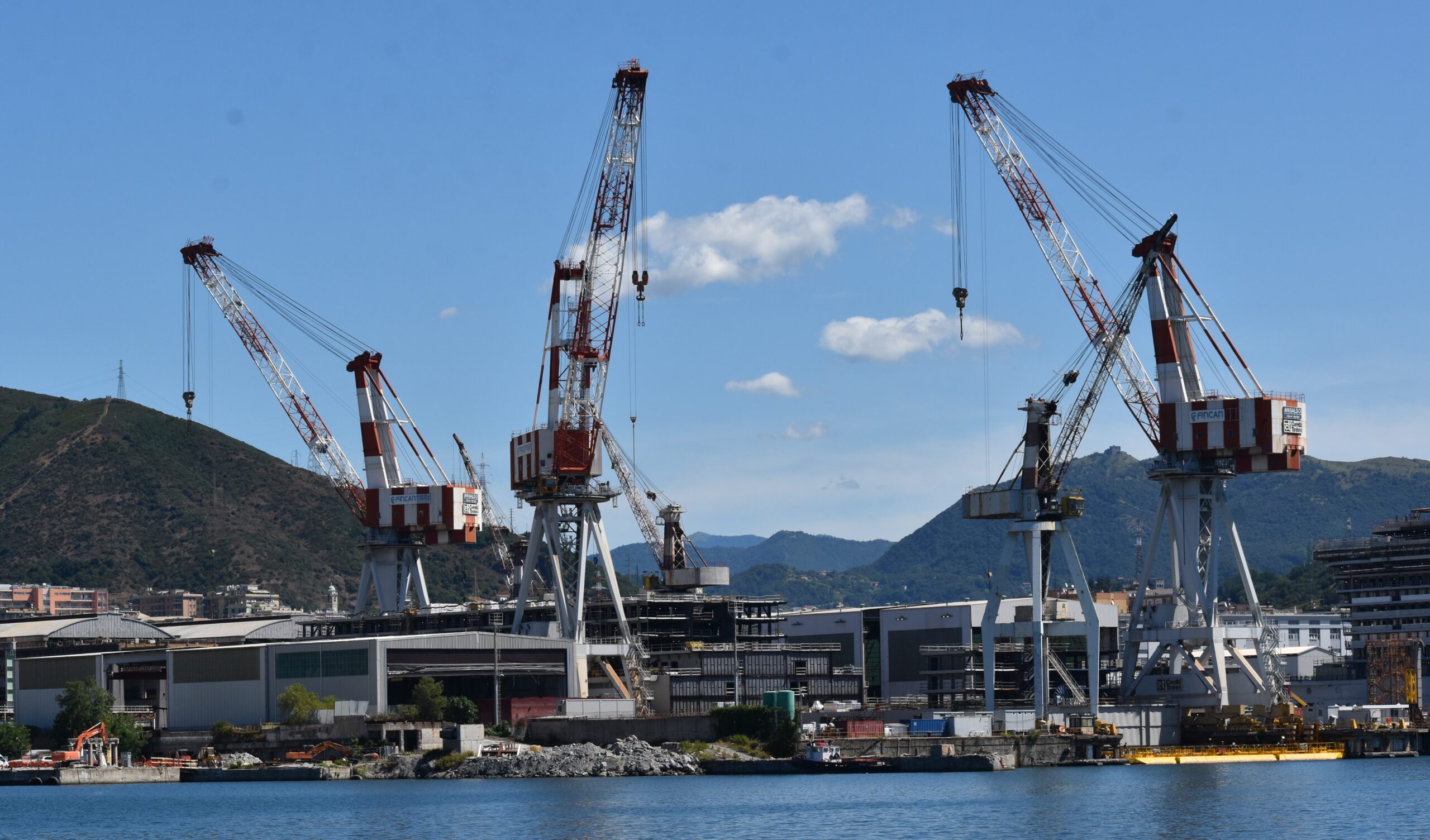Valpolcevera: Simplified Logistics Zone, the pilot project for innovative and green economic development.
Spediporto is today the largest and most representative Italian association of international maritime shipping companies. It brings together the best transport and logistics companies, guaranteeing complete, professional and constant assistance in every sector of expertise, both in import and export. Spediporto develops multiple activities in various areas of intervention such as: IT development for the computerization of operating processes (focusing in particular on technological innovation, digitization and computerization), services for goods through Spediservices Srl, assistance at port gates and gate in / gate out operations, training and
professional updating of company personnel, Customs Consulting, publishing activities. And again, it works in partnership with the port of Genoa and other local players in the transport sector, together with many other
activities.
The collapse of the Morandi Bridge is a moral wound still not completely healed, but also represents for Genoa’s people a desire for redemption, (its reconstruction was almost completed in less than 24 months after the event). In the name of an ideal continuity with the yearning for recovery, the way of an economic “new start” (which even more after the first COVID-19 pandemic event
requires appropriate responses and solutions to the needs of the Genoese production fabric) can find in the project of the Valpolcevera territory the paradigm for a new growth of the whole city, based on original and innovative criteria and values.
The area concerned has a high environmental value,
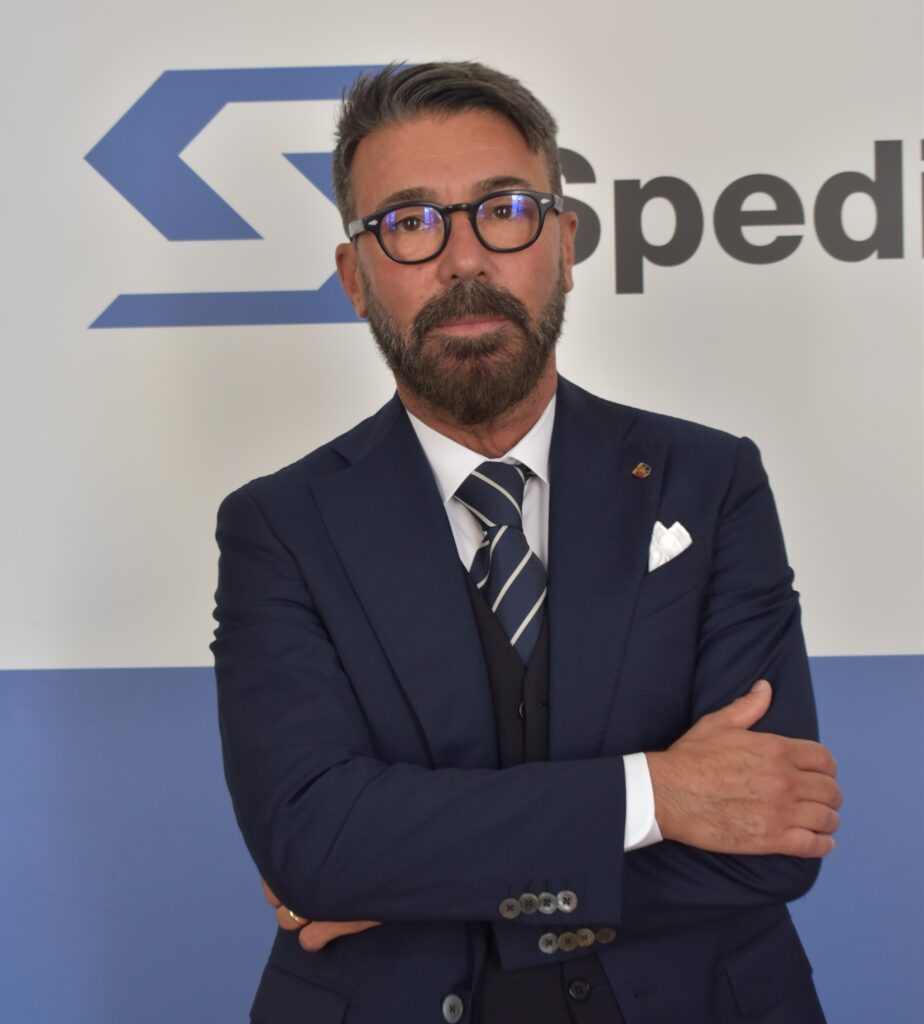

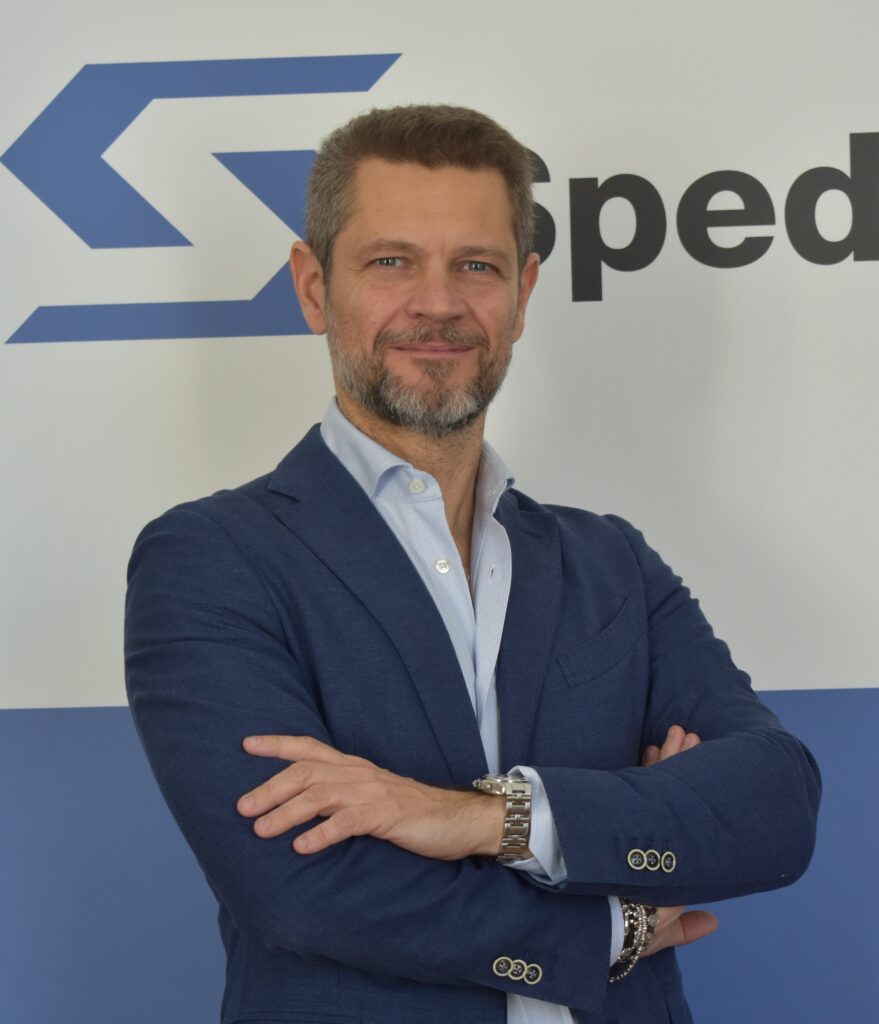

declined by the Polcevera stream, agricultural landscape, the ridge that separates it from the Val Bisagno and the identity value of some hilly residential areas. Inside it, the anthropic trait is found in the presence of historical centers with their own precise identity. Taking the stream as a reference, the right bank, which has a predominantly productive character, can be contrasted by a left bank
with an urban character.
In the case of Valpolcevera, the concept of economic and social redemption assumes an evenmore significant value in the presence of the numerous abandoned areas of the past, steel and mechanical activities dating back to the early 1900s, as well as the oil ones of the 1950s,
which constitute both a problem for the degradation they are experiencing, and a concrete opportunity of reconversion. These abandoned areas in Genoa (about
2 million square meters), represents in the medium and long term an opportunity for development.
Currently its perimeter includes the plants of the following important national and international corporate brands: FINCANTIERI, ANSALDO, SAN GIORGIO, 11T, ERICSSON, SIEMENS, ESAOTE, ARCELORMITTAL, IKEA, AMAZON
As can be seen from a recent project developed by Spediporto, Valpolcevera could decline in the short term a harmonious development of its territory, which, in facts, would allow the pursuit of the objectives of the 2030’s United Nations Agenda, with the initiative “European
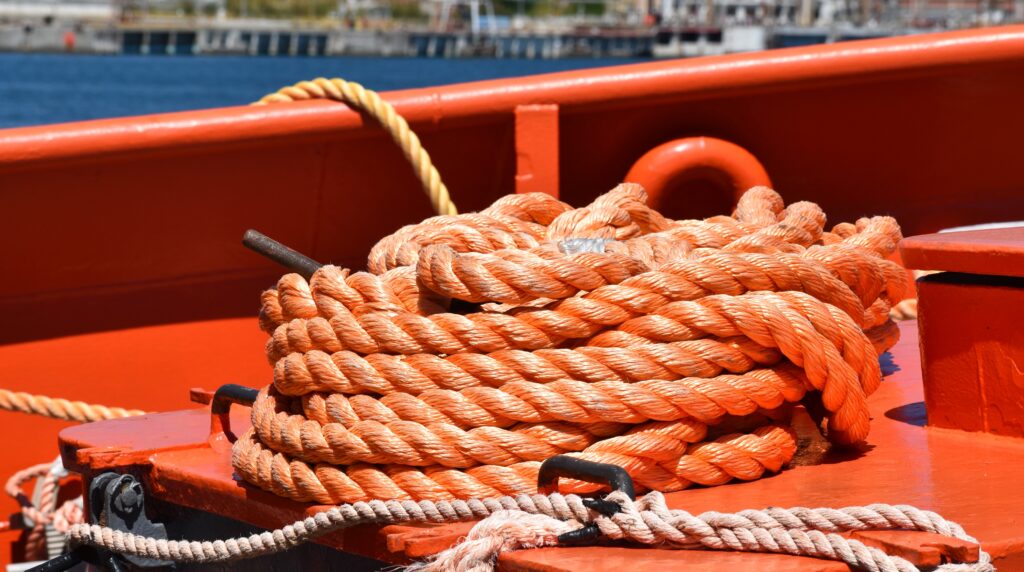

Green Capital” which consists, among other points, of:
-a MEDIUM / LONG-TERM STRATEGIC VISION, with ambitious goals to strengthen the image and the identity of one’s urban community.
-ECOLOGICAL RECONVERSION OF THE CITY, to
mitigate the effects of climate change and for economic development linked to the environment.
-REQUALIFICATION OF PUBLIC SPACES, to increase
the quality of life, which contributes to the enhancement of the areas and encourages investments.
-URBAN REGENERATION PROGRAMS, consisting of
the replacement of obsolete building stock in favor of intelligent buildings that do not consume and do not pollute.
The strategic approach envisaged for Valpolcevera would be aimed at achieving the following objectives:
ECOLOGICAL RECONVERSION OF THE VALLEY:
to mitigate the effects of climate change and to fight pollution.
-RESEWING THE URBAN FABRIC OF THE VALLEY:
through the creation of a Green Line, that could be constituting the link of the entire valley.
-SIMPLIFIED LOGISTICS AREA: in which to carry out
the DEVELOPMENT OF THE BLUE AND GREEN ECONOMY with high energy performance
-EXTRAORDINARY URBAN REGENERATION
PROGRAM: to maximize the quality of life and access
funding from the European Green Deal. The Valpolcevera development project presents interesting connotations in terms of innovation, environmental sustainability, “smart” changing of the territory, advanced service sector, and research that can also be projected from the perspective of the Simplifie d Logistics Area characterization, in line with the existing evolutionary functional internationally trends. The attractiveness of a special economic zone no longer consists in the presence of certain customs
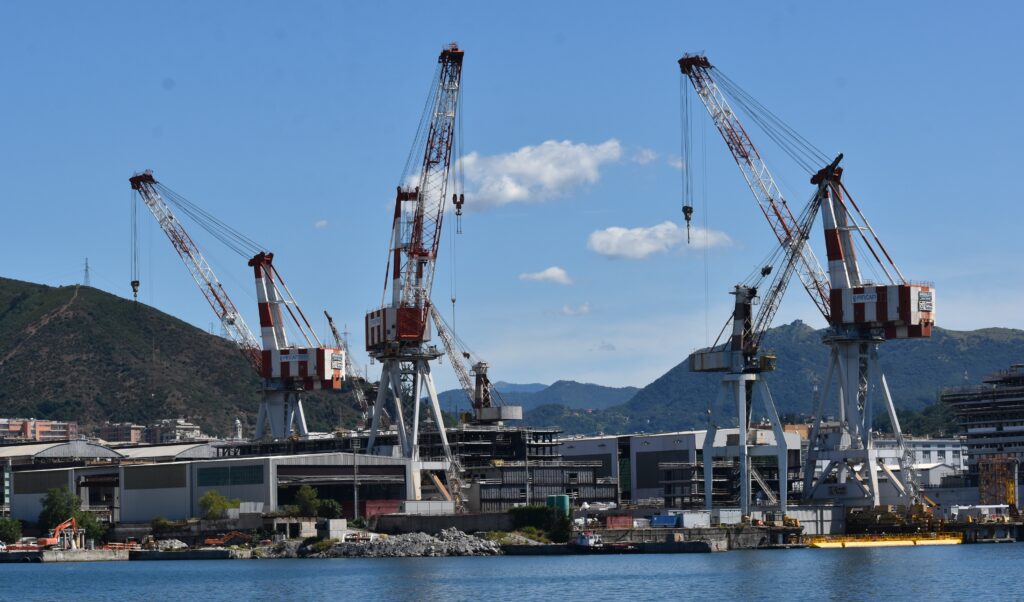

and tax incentives “but also depends, for example on the opportunity to exploit synergies with local SMEs located near special areas, to have access to the best infrastructures, to make use of research and development institutes, as well as to use a professionally trained workforce 2”. The Valpolcevera project could constitute the pilot project of the Simplified Logistics Area, having the role of institutional incubator of a business-oriented territorial regulatory regime in a sustainable, intelligent key and the enhancement and requalification of skills. The recent trends in progress attribute to the catalyst driver par excellence,namely the SEZ, also have the role of “precursor in the creation and promotion of eco- sustainable technology clusters for innovation, which, for example, in collaboration with national research institutes and with universities, could develop and support local talent, and thus a highly skilled local workforce 3”. Once the pilot regime has been empirically calibrated, it could be subsequently extended to the entire perimeter of the Genoa SLZ.
On the other hand, such an approach would be perfectly compliant with the best international practices of the SEZs, given that “their aforementioned specific connotation has manifested itself above all in cases where their creation is part of a broader strategic development framework for settlements dedicated to high technologies and digital economies of which the SEZ models are
concrete representation which, in some States, succeed, for example, to combine the aforementioned incentives with the concept and purpose of “smart cities”4”. In this regard, the experience of many Italian companies in the delocalization of relevant sectors of their productionc chain in foreign special economic zones, has allowed them, among other things, also “to open centers of research and development as well as innovation poles, in order to carry out experimentation, with obvious advantageous repercussions also in the sector of eco -sustainability
and the professional qualification of the workforce used5 “. This model is certainly replicable, triggering the aforementioned benefits also of the Simplified Logistics
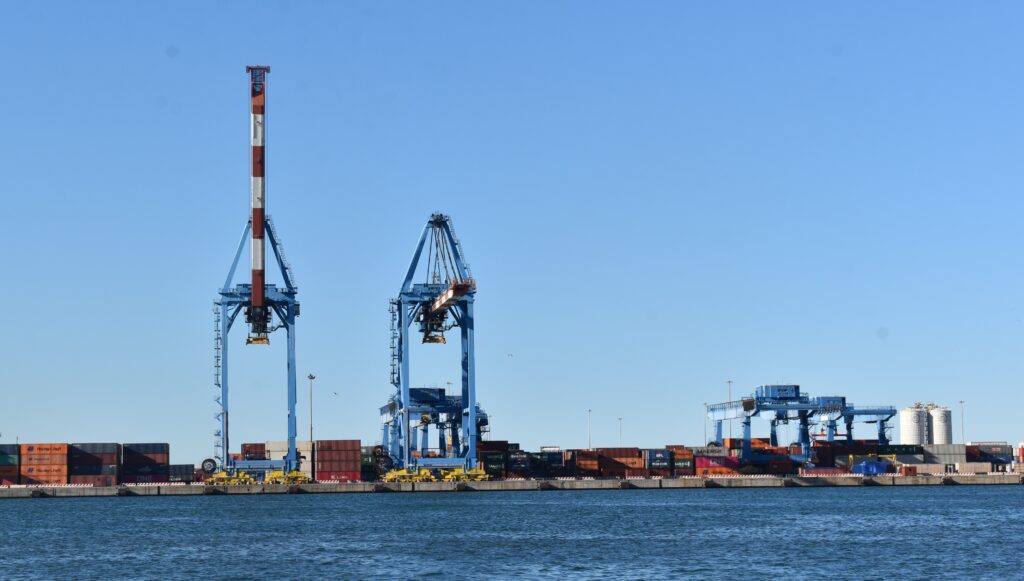

Area, even more so in its so-called “enhanced” version, as part of the innovative Valpolcevera development project, taking advantage in particular of the reshoring effect, deriving from the negative effects produced by the health emergency on the Global Value Chains.
In the period preceding the first COVID-19, the international emergence of strong criticisms regarding the characteristics of the dynamics of economic growth had led to highlight the urgent need for a new approach to economic development and to the relationship of the business community with society. Undoubtedly, these needs will be felt even more in the post-COVID-19
economic recovery phase. Well, the pilot project of the SLZ in Valpolcevera could constitute a real test-drive of 2030- oriented SDGs policies, not yet adopted at the
national level. Achieving this objective would make it possible to stigmatize the “Genoa model” at an international level, also in the sense of promoting an economic development
around man and his immediate needs. Therefore, the optimal configuration of the SLZ compared to the pilot project of Valpolcevera must certainly feed the traditionally excellent sectors of Genoese production, such as those immediately attributable to the Blue
Economy. However, it should also be implemented taking into account the contingent needs of the “restart”, with an approach that should address, making use of the “extraordinary” prerogatives offered by Law 130I2018, towards the creation of a legal regime that guarantees promotion and
simplification of cross-sector experimentation activities in order to exploit all the opportunities offered by new technologies, namely artificial intelligence, blockchain technologies, bio and nanotechnology, 3D printing, virtual reality, robotics and the Internet of Things, including Big
Data and the 5G network. The extent of the spaces in which pharmaceutical companies can more easily conduct clinical trials will
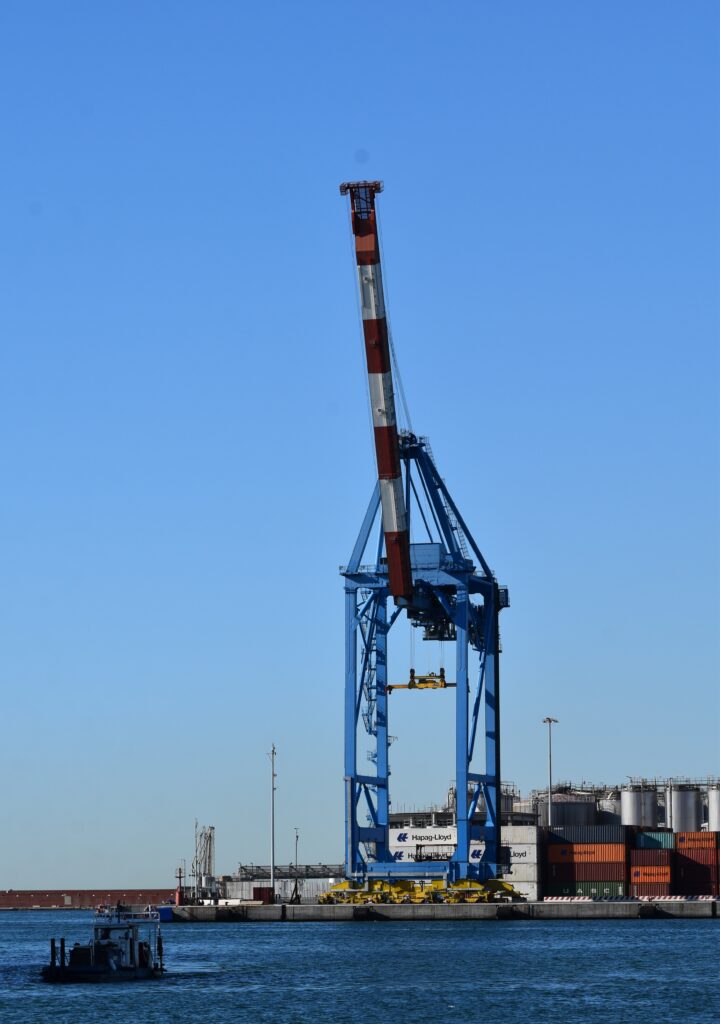

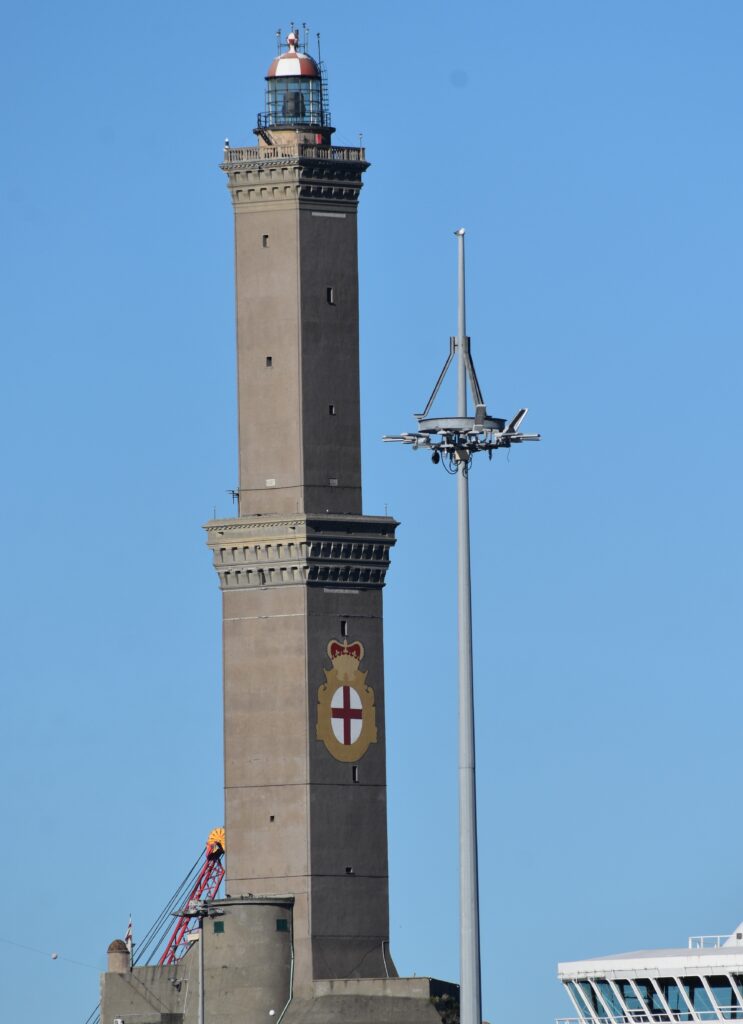

affect the acceleration of the development of new treatments and innovative treatments. This assumption corroborates the further one, according to which start-ups and companies of categories with potential for sudden and exponential growth such as biomedical or advanced digital technology, will not be able to find a better territorial environment in which to operate,if not one within the internal perimeters in which they can benefit from the facilities and incentives typical of business-oriented schemes, such as the Simplified Logistics Area.
In addition, the connotation of the pilot project could support the desirable choice of enriching the catalytic value of the Simplified Logistic Area also through the creation of a customs- free zone included in the port area and immediately behind the port. In this latter regard, the intended uses for the benefit of port logistic settlements, could significantly increase their competitiveness on international markets by taking advantage of the suspensive customs facilities concerning, for example, duties and VAT, increasing also the appeal of these areas towards investments by multinationals.
